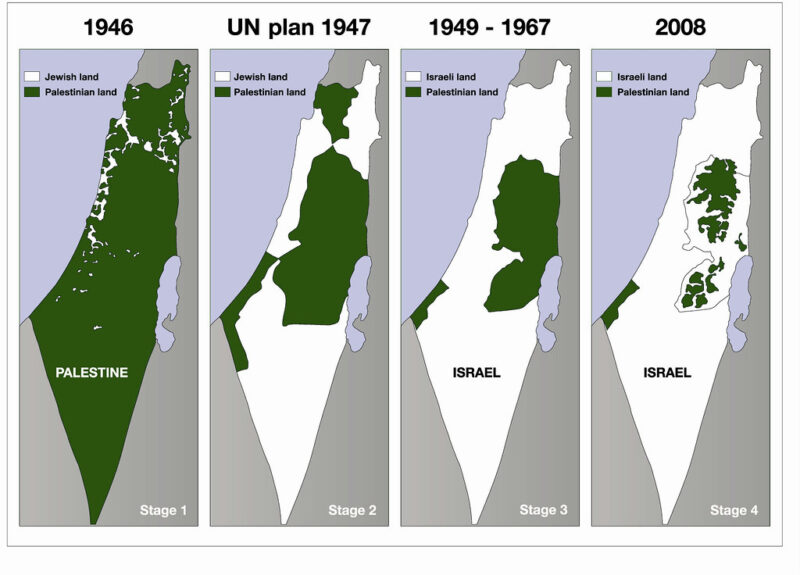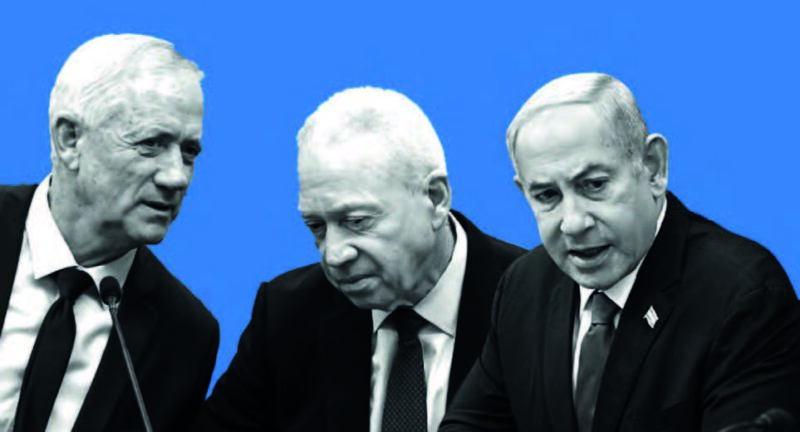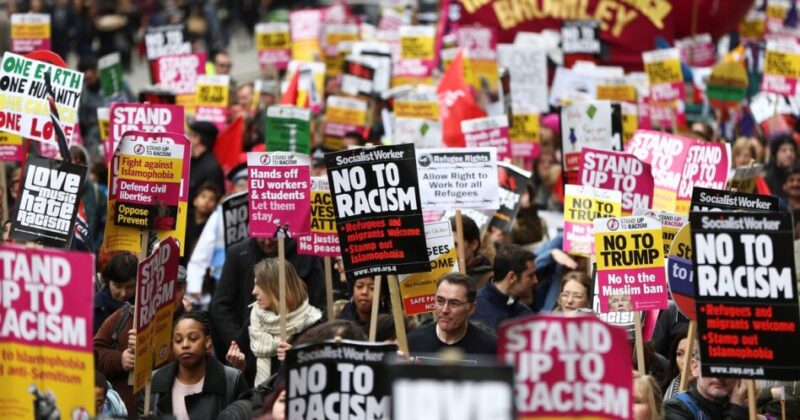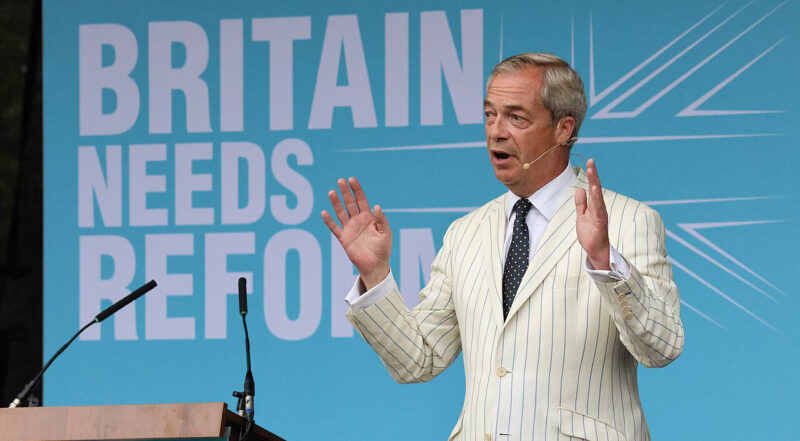Victory to the Syrian Revolution!
As we go to press news is breaking of 400 dead bodies, mainly civilians, being found in Darayya. It could turn out to be the most deadly massacre yet in Syria’s bloody confrontation. Marcus Halaby writes
 Darayya’s fate falls into a well-established pattern. The Syrian regime’s air force and artillery bomb and shell a rebel-held area for several days or weeks, then the army or civilian pro-regime death squads go in to conduct house-to-house searches and kill at close quarters.
Darayya’s fate falls into a well-established pattern. The Syrian regime’s air force and artillery bomb and shell a rebel-held area for several days or weeks, then the army or civilian pro-regime death squads go in to conduct house-to-house searches and kill at close quarters.
This civil war has brought with it a refugee crisis, with hundreds of thousands of fleeing the country. And yet the revolutionary forces keep returning to the battle. In Aleppo and Damascus, the regime seems unable to defeat the Free Syrian Army, despite far superior firepower.
From uprising to civil war
The Syrian uprising began in March last year, barely a month after the downfall of Mubarak, and a fortnight after the Libyan uprisings in Benghazi and Tripoli. A group of schoolchildren in the impoverished rural border town of Daraa had been caught spraying graffiti with the slogan of Tunisia’s revolution repeated in Egypt’s Tahrir Square: “the people demand the downfall of the regime”.
Their arrest and torture sparked mass protests, which were immediately met by savage violence. But in less than a month, the protest movement had spread across the whole country, forcing the regime to rescind a four-decade state of emergency law and promise reforms while continuing to shoot at its own people.
This failed to bring the movement to an end. Resentment at a decade of neoliberalism, bringing with it unemployment, environmental disaster, poverty, acute inequality and massive corruption, combined with the bottled up frustration at forty years of dictatorship and exploded onto the streets.
As in Egypt and Tunisia, the movement began with unarmed mass demonstrations demanding democratic rights – to assemble, to associate, to write and speak freely, to have a say in the government of their country. And, unsurprisingly given Syria’s ethnic and religious diversity, they also loudly opposed sectarianism, chanting “One, One, One, The Syrian People Are One”.
But eighteen months have passed since then, and a mortally wounded regime has plunged the country into a protracted and bloody civil war. Civilians were forced to arm themselves in defence of their communities, a trickle of soldiers defecting from Syria’s conscript army turned into a flood, and Syria’s mass street-based movement has been partially transformed into a military struggle for control of the country.
Most of the armed opposition took on the name first used by a small group of officers who defected to Turkey – the Free Syrian Army.
They face in battle a regime that has flattened Syria’s third-largest city Homs, that has killed 20,000 people (according to conservative UN estimates), that has fired missiles at civilian homes, that has bombed and shelled bakeries and bread queues, that has thrown university students out of dormitory windows, and that has sent thugs armed with knives and clubs to slaughter whole families in their homes.
Some on the left, claim this revolution is different and, incredibly, less deserving of support because it has turned into a civil war.
But did they really believe that a near-totalitarian regime like that of the Assads would simply eject its figurehead, as Ben Ali’s and Mubarak’s did?
Over decades their regime had built a sizeable social base, one with a disproportionate composition of religious and ethnic minorities; and a massive apparatus of repression, one that it had previously used to massacre the people of Hama in 1982, when up to 40,000 were killed.
The directing figures of this regime could not step down without facing the threat of revenge. It social base also faced the loss of its extensive privileges. This regime would therefore fight to the last drop of blood of its people to survive.
But there was another reason it would fight to the death – it is the asset of two growing imperialist powers, and of the tyrannical but dangerously isolated Iranian clerical dictatorship.
Russia, China and the United States
The peoples of the Middle East are not only burdened with one imperialist power – the United States – plus its European allies and its Israeli regional gendarme. They now also face Russia and China.
When capitalism was restored, Yeltsin and Putin inherited a world class military, nuclear weapons and a veto in the UN Security Council, and also a series of geo-strategic assets – one of the most valuable and reliable of which was Syria. Iran – a target of Israeli attention because of its potential to challenge the only nuclear power in the Middle East, and of the US because of its unwelcome influence in Iraq – was also obliged to seek shelter under Russia’s veto.
China – a dramatically expanding new imperialist power, with interests of its own in checking and reversing US influence across Asia – was also willing to shield Syria and Iran. Thus the Middle East has developed into an area of inter-imperialist conflict. This in turn has given states like Saudi Arabia and Qatar, but also Egypt and Turkey, a new freedom of maneuver with regard to the United States.
But despite their rivalries, the US has a common stance with Russia and China. They do not wish to see a victorious people’s revolution in Syria. The US would much prefer what is being called a “Yemeni-style” transition. For this, they need Russia and China’s grudging acquiescence; but Russia and China expect some guarantees of their interests in the Middle East in return.
In this vein, US Defence Secretary Leon Panetta said on CNN that Assad’s army must remain intact after his departure to “preserve stability”, and that people should hope that it “will transition to a democratic form of government”.
This idea would see the Assad clan and the immediate circle around it go, but leaving behind them an officer caste stained with the blood of its own people. Some figures from the old regime, in coalition with a few pro-Western exiles, would have a UN mandate to continue to repress popular protests in the name of a firmly policed “democratisation process”.
Workers’ power
But between this pro-imperialist outcome and the present stands the Syrian people. And to prevent it, it is vital that the mass of the revolutionary youth and the workers should take advantage of any weakening of the regime’s repressive power, arm themselves, and turn the Local Coordinating Committees that exist in liberated districts into a nationwide network of delegate councils.
The most immediate demands must be that the entire regime goes, that all political prisoners are released, that all the torturers high and low are imprisoned and put on trial; and that neither Islamists, nor pro-Western exiles, nor figures from the old regime take hold of power behind the backs of the people.
The popular committees and militias that have forged this revolution should call and take control of elections to a sovereign constituent assembly. And within this process, the left wing forces will have to fight not for a more democratic capitalism, but for the permanence of the revolution – a workers’ government struggling for a socialist federation of the Middle East.






